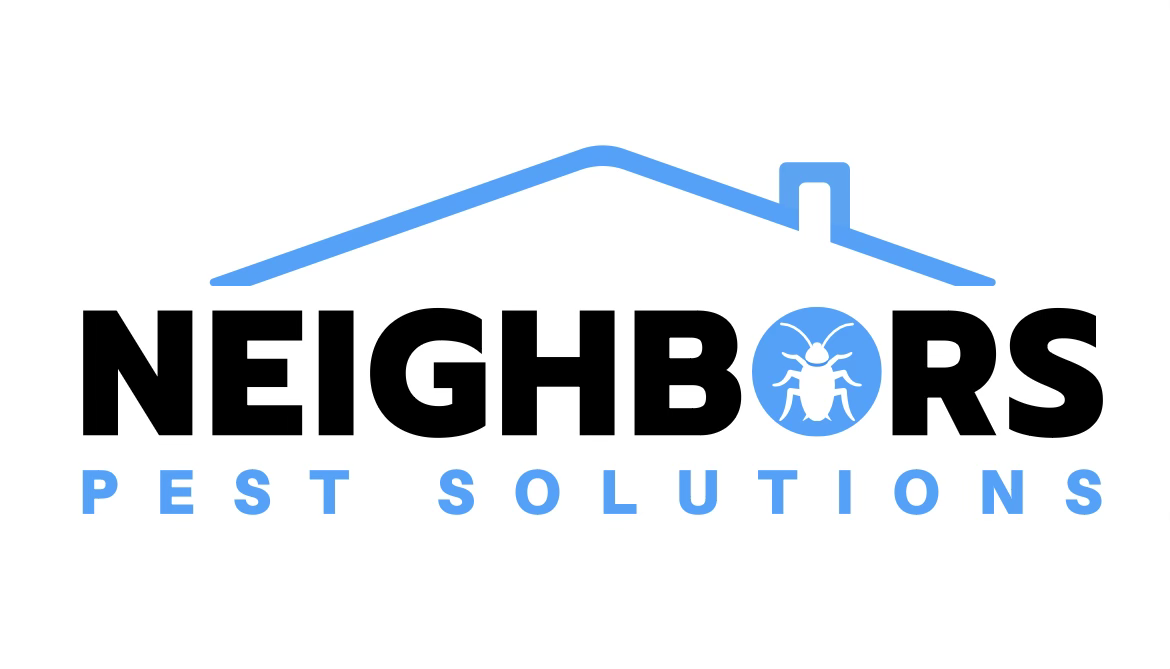Moths
Protect your home or business from moths by learning techniques for identification and control.
Moths FACTS & INFORMATION
Getting rid of ants and keeping them out of homes and buildings is an ongoing process, not a one-time treatment. Neighbors Pest Solutions are trained to help manage different types of moths infestation. Since every home or building is different, it’s important to understand ant facts and properly identify ants in order to help manage the situation.
With expert knowledge and the proper equipment, you can rely on our moths exterminators to successfully help you deal with moths- and other moths-related problems.
- Ants belong to the family Formicidae and are social insects that live in colonies.
- Ants have been around for over 100 million years
- Ants communicate with each other using chemicals called pheromones.
- Ants are omnivores and eat a variety of foods, including other insects, nectar, and plant material.
- There are over 12,000 species of ants, and scientists estimate that there may be over 20,000 species in total.
- Some species of ants, such as leafcutter ants, cultivate fungi as a food source.
COMMON MOTHS

Spongy Moth
Lymantria dispar

Casemaking Clothes Moth
Tinea pellionella

Bagworm
Thyridopteryx ephemeraeformis

Almond Moth
Ephestia cautella

Testimonial
Here’s what our clients say
We guarantee our services, which means that if pests return after we have treated your property, we will come back and re-treat the affected areas at no additional cost to you. We stand behind our work and are committed to providing the highest level of customer satisfaction.
Tanner was great, he spent ample time on my property and was very thorough. There was one area that I wanted to have more attention, and with a great attitude he did what I asked. I am very very pleased with this company!
Crystal Freeman
2023-09-07
Neighbors Pest Solutions is a notably professional pest control company that provided me with cost-effective services for my residence. They specialize in eradicating a variety of pests. Following weeks of dealing with ant and spider infestations at the onset of these warm summer months, my property is now on track to be free from the issue.
Unlike many companies that tend to oversell and suggest unnecessary additions, I was pleasantly surprised by Josh Davis, who presented a personalized solution tailored to my home's needs. Will update soon on the progress.
AkshaysZone
2023-08-08
Derek knocked on our door the same day we had happened to find a massive spider in our daughter's toy box. Perfect timing! He was very patient with us and answered all of my questions about toxicity of the pesticide products (we have a 16 month old daughter and a cat). Albert showed up to perform the service a few days later. He was very professional and notified me a few minutes prior to arriving to my home. He made sure to close the gates after he was finished as I'd mentioned that was a concern since my daughter is a little runaway and he again assured me that once everything dried, it would be safe for my daughter to play outside. Albert explained everything he did and what we may expect over the next few days/weeks. Hoping this makes a difference in the webs all over our backyard and the earwigs in our rose beds!
Courtney McNair
2023-08-04
Albert was great. Took his time explaining the process once we left he took his time and did not miss any areas. I would highly recommend them.
lynn speckhard
2023-07-20
I just recently used Neighbors President Solutions and was really impressed with the quick results. The customer service that the team provides is excellent. I will continue to use this company for any of my needs going forward.
Thanks again!
Jacob Taiariol
2023-07-10
Service is great
Valentin Panaguiton
2023-07-06
Albert did a great job, friendly, and professional!
Mary Lugo
2023-07-05
He answered all of my and my husband's questions and worked quickly and efficiently.
I would highly recommend them for all your pest control needs!
They are very professional and thorough.
Aly J
2023-06-29
Very professional work. Our technician Josh was very kind and helpful.
Really recommend!
Inbar Cohen
2023-06-27
Common Questions
Frequently Asked Questions
The more you know about moths, the better you can predict and control their behavior. Here are some quick facts to help you on your way.
To prevent moths from infesting your home, make sure to keep your pantry and closets clean and organized, and store food and clothing in airtight containers. Vacuum regularly and remove any cobwebs or debris that may attract moths.
You may see moths flying around your home, or notice damage to clothing, carpets, or stored food items. Moth larvae can also leave web-like silk cocoons in corners and crevices.
Pest control professionals typically use a combination of treatments, such as insecticide sprays, pheromone traps, and heat treatments, to eliminate moths. Insecticide sprays are used to kill adult moths, while pheromone traps can be used to capture and monitor moth populations. Heat treatments can be used to eliminate moth larvae in clothing or carpeting.
Preventing future moth infestations involves keeping your home clean and organized, and using airtight containers to store food and clothing. Regular inspection and maintenance of your property can also help detect any moth infestations before they become a problem. A pest control professional can also provide ongoing preventative treatments to help keep your home moth-free.
